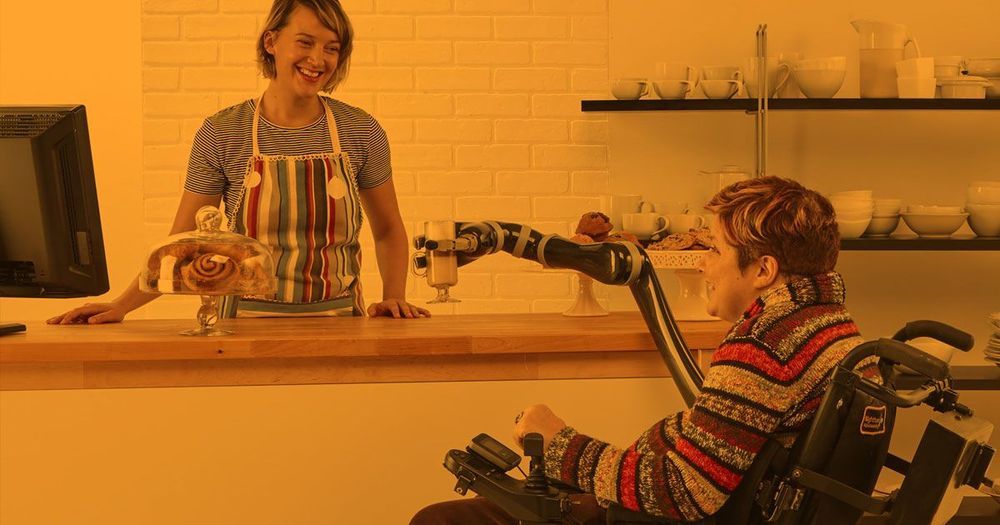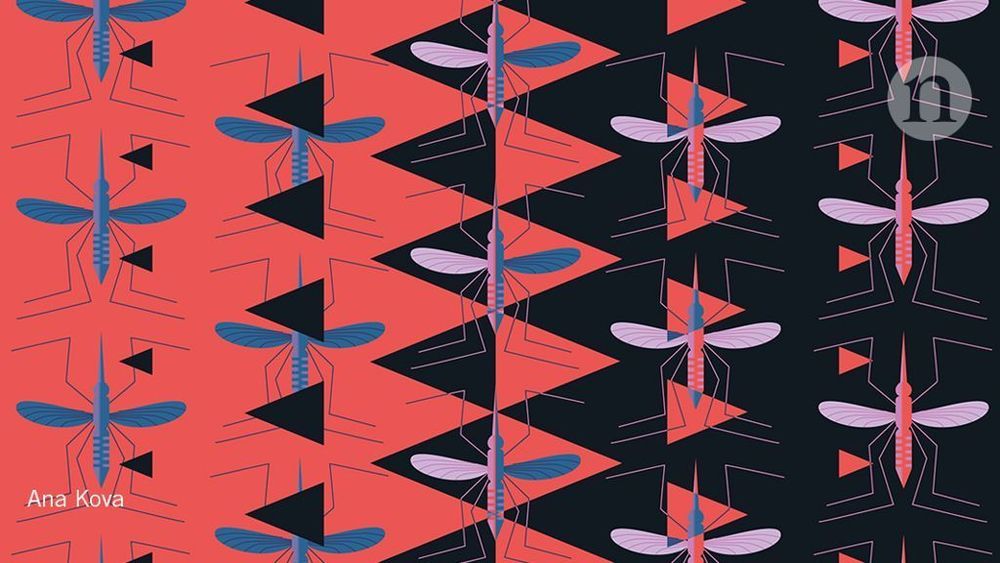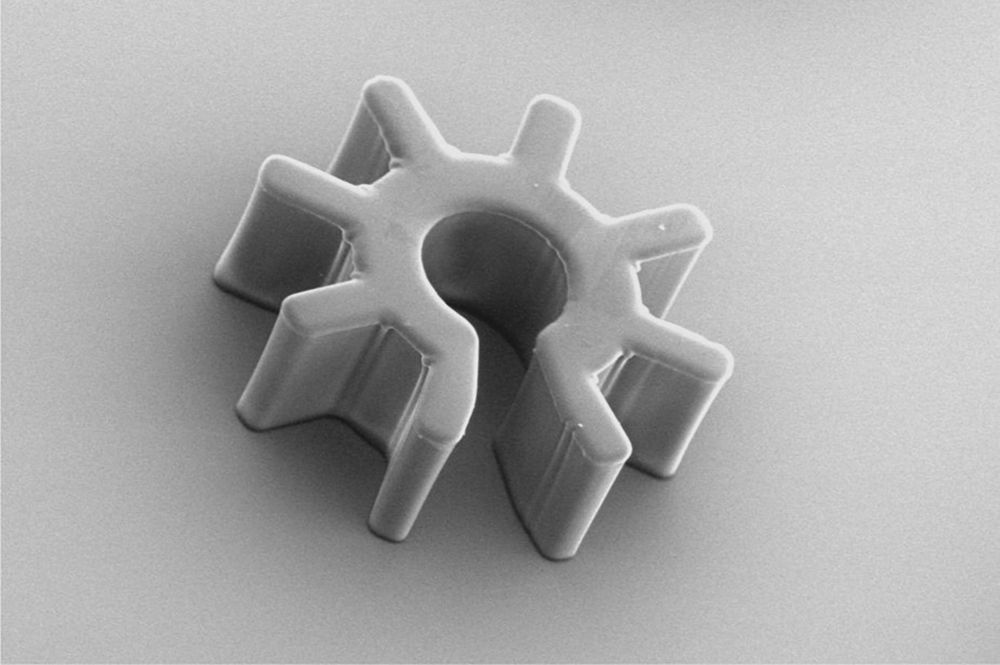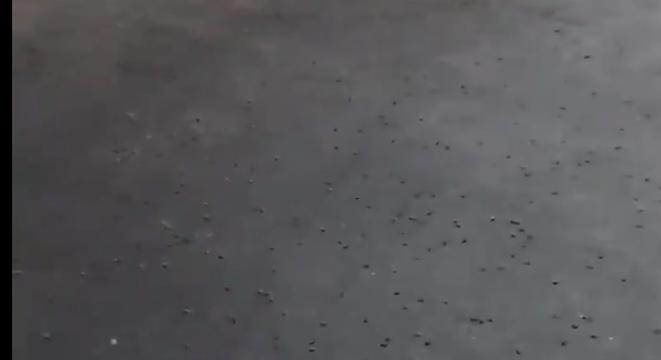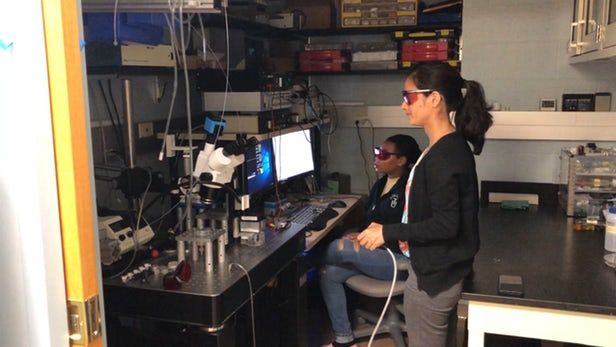As with other recent articles, this one was originally published as an answer to a member of Quora, a Q&A site in which I am a cryptocurrency columnist. And just like the previous one in this Lifeboat series (also posted today), this is a Q&A exchange with a newbie—a bitcoin beginner.
The question is simply: “How can Bitcoin be divided into units smaller than one?” While the answer may seem obvious to someone versed in math, statistics or economics, I see this question a lot—or something very similar.
I can explain by asking a nearly identical question; one that the enquirer can probably answer easily. The goal is to provide the tools to answer the question—and in a manner that helps the reader recall and make use of the answer in the future. This is how I approached an answer…
Puzzle me this: Can you divide 100 into smaller pieces? Of course you can! You just divvy it up. After all, it’s just a number.
Continue reading “How can Bitcoin be divided into small units?” »



